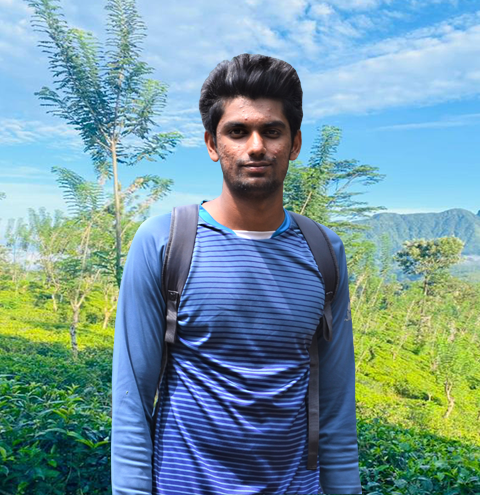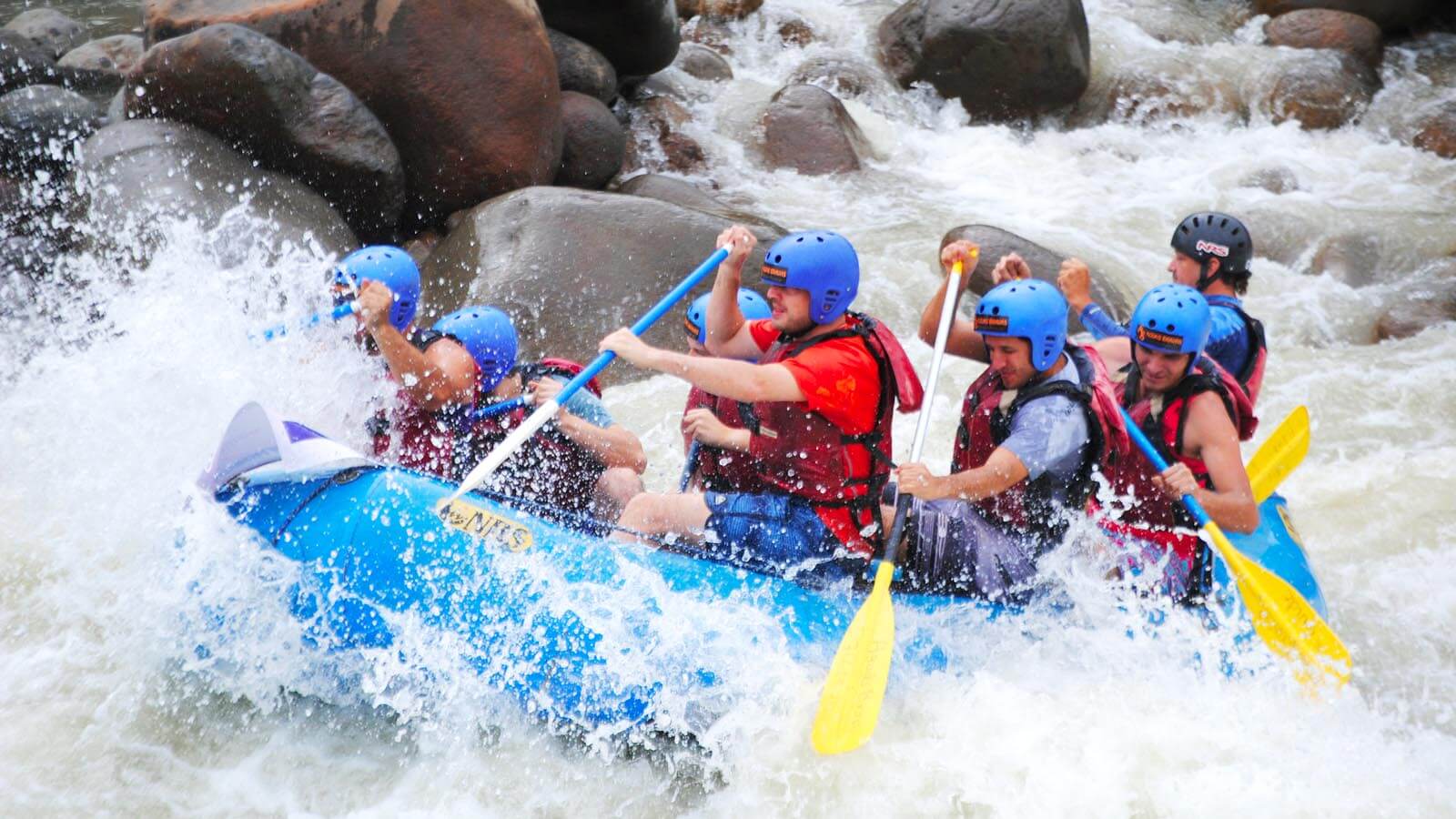A brief introduction with travel tips for informed planning
Posted by Adventurer Induru Hettiarachchi
Sri Lanka, the "pearl of the Indian Ocean", is a tropical, continental island that lies in the northern tropical belt. The island is widely known for its unique cultural features as well as the unique geographical features it holds,
Such a feature is its climate, which is defined as the conditions of the atmosphere prevailing for a prolonged time at a certain location. The latitudinal location, earth’s revolution around the sun, general topography of the island (having a central highland and surrounding plains) and the fact that the island is surrounded by the Indian Ocean, which plays a major role in determining the currently prevailing the climatic patterns of Sri Lanka.
According to the Kӧppen-Geiger classification, the Sri Lankan climate is classified as "tropical". A temperate climate is held by a temperate climate with central high altitudes. Annual average temperatures vary between 26.5 °C to 28.5 °C and the annual rainfall varies between 900mm to 5000mm in the drier and wetter parts of the country of the island, respectively.
The Central highlands stretch through Central, Uva, and Sabaragamuwa provinces. These areas have the highest altitude and associated landforms in the entire island. The climate of these areas is classified as temperate. They experience the year-round lowest temperatures in Sri Lanka. Nuwara Eliya The annual mean temperature is 16 degrees Celsius. Nuwara Eliya, Kandy, Maha Eliya (Horton Plains), Knuckles, Peak wilderness are some of the most picturesque destinations on the island, which experience this climate. If one is lucky enough, hail can be observed in the highest areas sometimes. and believe me, the morning frost in Horton Plains gives you the feeling that you are not on the Earth , but in the heavens.
Northwestern, Nothern, North Central, Eastern and parts of Uva and Southern provinces or in other words, more than half of the island’s land is classified under the tropical savannah climate. It is not surprisingly called the Dry Zone because of its low rainfall and highest annual average temperatures. Puttalam, Mannar, Jaffna peninsula, Trincomalee, the ancient cites of Anuradhapura and Polonnaruwa, Batticaloa and Kataragama all lie in these areas. The majority of the forest reserves and Some of the national parks of the island are located here, for example, Yala and Wilpattu National Parks. You can observe ancient architecture, appreciate the agricultural irrigation systems, biodiversity and experience authentic Sri Lankan cuisine while travelling here.
Western and Sabaragamuwa provinces with parts of Central and Southern provinces have tropical rainforest climate, which is uniquely characterized by the highest annual average rainfall, within the island, sometimes exceeding 5000mm. These areas harbour the essence of the The Pearl's biodiversity Sinharaja, Kanneliya-Dediyagala-Nakiyadeniya complex, Kitulgala, much of the Peak Wilderness and several smaller, disturbed to pristine tropical rainforests are found in this region. If you venture into these areas, you will find all sorts of rainforest flora and fauna with much which can only be found in Sri Lanka.
Sandwiched between the tropical savannah and rainforest climates is the tropical monsoon. The climatic belt that runs from Negombo to Matara partially encircles the central highlands of Sri Lanka country. This area receives average rainfall and experiences average temperatures between the highest and lowest extremes are mainly governed by the Indian Ocean monsoons. Many rock outcrops and intermediate vegetation resembling both the dry and wet zones of the country can be found in the region. Vast expanses of paddy fields arranged in various geometric patterns will tell you about the longstanding agricultural features of the island.
If you are planning to travel to Sri Lanka, not only the location but also the time period has to be taken into account. Time of the year as well as the time of the day.
Being a tropical country, Sri Lanka has only a wet and a dry season, but the magnitude and the duration of the seasons at a particular location is governed mainly by the monsoons, namely Southwestern and Northeastern.
The Northeastern monsoon (NE) dominates from December to February bringing a dry, cool climate. overall climate for the country, with high rainfall on the northern and eastern slopes of the central highlands. Eastern beaches experience high winds and rough seas, while Western and Southern cost remain relatively calm. Basically,going to Trincomalee for surfing is not the best idea; choose Hikkaduwa instead.
The Southwestern monsoon (SW) dominates from May to September. It brings high winds and high rainfall in the southwestern parts of the island. Rain can occur at any time of the day and may intermittent in some areas. Rarely, rain can continue for days on end. Good for waterfall hunting. and not so good for a hike in the rainforest.
Between the NE and SW monsoons comes the first intermonsoon from March to April. This is the typical ‘awurudu’ climate. Sunny mornings and thunderstorms in the evenings. Nothernmost areas that receive low rainfall, SW areas experience high rainfall. Good for a morning bicycle tour and a cosy book hour with a coffee in the afternoon.
Between the SW and NE monsoons comes the second intermonsoon from October to November. Entire island receives an even rainfall and most of the cyclones and tropical depressions occur in this time, bringing torrential rains and floods. So, beware of the extreme weather.
The activation of monsoons is dependent on many factors, such as the atmospheric circulation. patterns, solar radiation, and other local oscillations. They don’t follow a strict arrival date, but rather intensify gradually. The time span and received rainfall may vary from year to year, but follows the same pattern.
Even though the general climate behaves as stated, weather prevailing at a given location can varies. For example, Neluwa might receive rainfall in the driest of months while Mannar and Hambantota may not receive rain even in the wettest months. Always check the weather forecasts within a week before setting out, or else you may be completely at the mercy of the elements. Prepare and set out, for Sri Lanka holds adventures for a lifetime.



